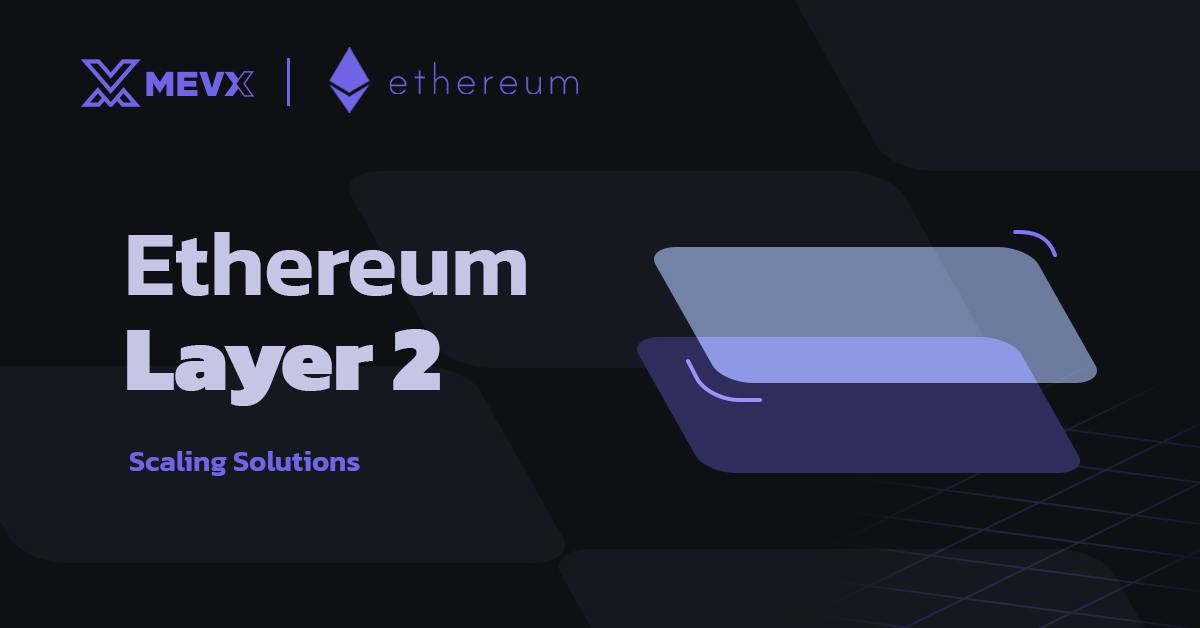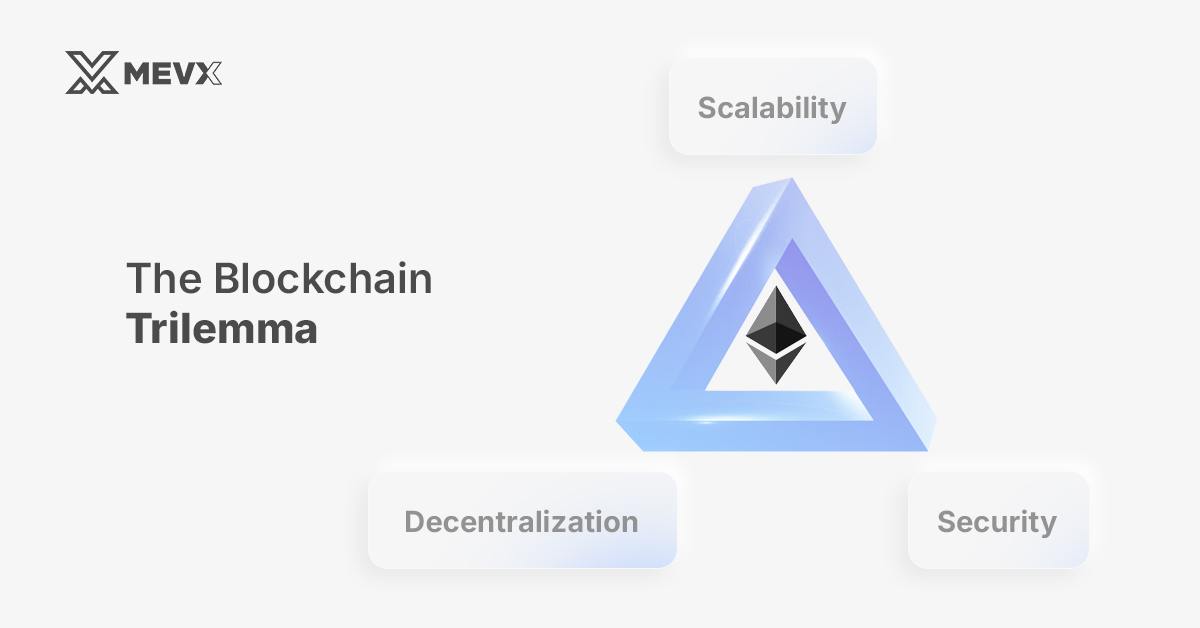Ethereum, one of the most renowned blockchains, attracts millions of users engaging in activities like minting NFTs, trading on decentralized exchanges, and interacting with smart contracts. However, with great popularity come significant challenges: soaring fees and network congestion. Enter Ethereum Layer 2 solutions designed to revolutionize the network by delivering faster speeds and lower costs, ensuring Ethereum remains efficient and accessible. In this article, we’ll dive into what Layer 2 is, explore the various solutions available, and highlight the platforms leading this scaling revolution.
What is Ethereum Layer 2?
Ethereum Layer 2 refers to specialized networks built on top of Ethereum’s primary blockchain (Layer 1), designed to enhance its transaction capacity and reduce costs. Imagine Layer 2 as a series of high-speed express lanes that branch off from Ethereum’s main highway, reducing congestion and enabling smoother, faster travel for users.

Rather than processing all transactions directly on Ethereum’s Layer 1, Layer 2 solutions handle many of them “off-chain” (outside the main network). They then bundle and return the summarized data back to Ethereum’s main blockchain. This approach keeps the core network efficient and uncluttered while providing users with lightning-fast, cost-effective transactions.
Stay tuned as we explore the cutting-edge innovations driving the Ethereum Layer 2 ecosystem and the platforms shaping the future of blockchain scalability.
Unlocking the Blockchain Trilemma
The blockchain world faces a pivotal challenge known as the “blockchain trilemma,” where achieving a perfect balance between security, scalability, and decentralization is no small feat. Most blockchains excel in one or two aspects but struggle to harmonize all three:
- Scalability: Ensures the network can handle a high volume of transactions efficiently.
- Decentralization: Distributes control across many participants, avoiding central points of failure.
- Security: Protects the network from malicious attacks and ensures data integrity.
Enhancing one often compromises another. Enter Ethereum’s Layer 2 solutions, a groundbreaking approach to addressing these trade-offs. By offloading transactions to Layer 2 while relying on Ethereum for security, these solutions improve scalability without sacrificing decentralization or security.
The Future of Scaling: Layer 2 Solutions
Ethereum’s scalability woes have inspired a suite of Layer 2 solutions, each striking a unique balance between speed, cost, and security:
State Channels: Imagine settling a bar tab with your friend—you don’t need to notify the bank every time you order a drink, just when you pay the final bill. State channels work similarly, allowing users to conduct off-chain transactions and post the final state to Ethereum. Examples: Raiden Network, Connext.
Rollups: These bundle transactions together, reducing congestion on Ethereum’s main chain.
- Optimistic Rollups: Assume all transactions are valid unless proven otherwise, enabling rapid processing. Examples: Optimism, Arbitrum.
- Zero-Knowledge (ZK) Rollups: Use cryptographic proofs to verify transactions without sharing all the data, enhancing speed and privacy. Examples: zkSync, Loopring, StarkWare.
Plasma Chains: Think of these as independent “mini-blockchains” that handle transactions off-chain and periodically settle to Ethereum. This reduces the network load while maintaining Ethereum’s robust security as a fallback. Examples: OMG Network, Loom Network.
Hybrid Solutions: Blending the best of multiple methods, hybrid approaches like Validium tackle transaction load while optimizing performance.
By leveraging Layer 2 innovations, Ethereum continues to redefine what’s possible, paving the way for a blockchain ecosystem that doesn’t compromise on scalability, security, or decentralization.
Top Ethereum Layer 2 Platforms Shaping the Future
Layer 2 networks are revolutionizing Ethereum by enhancing scalability, reducing costs, and maintaining security. Here’s a closer look at the leading platforms driving innovation:

Optimism and Arbitrum: These optimistic rollups are celebrated for slashing transaction fees and boosting speed. Optimism simplifies development processes, making it a favorite among developers, while Arbitrum shines with its robust infrastructure and enhanced security, gaining trust across the Ethereum community.
zkSync and StarkNet: Emerging as game-changers, these Zero-Knowledge Rollups introduce advanced privacy features and cryptographic transaction validation. zkSync, developed by Matter Labs, is rapidly gaining traction in the DeFi space. Meanwhile, StarkNet stands out for its unparalleled security, making it a go-to solution for applications demanding privacy and reliability.
The success of Layer 2 platforms is often measured by Total Value Locked (TVL) and transaction volume, reflecting their real-world utility:
- Arbitrum leads the pack with the largest amount of Ethereum bridged to its network, signaling strong user trust and adoption.
- Optimism closely follows, boasting a growing TVL and a loyal user base.
- zkSync and StarkNet, though newer, are rapidly gaining momentum due to their unique focus on security and privacy, attracting innovative applications.
Paving the Way for Ethereum’s Future
Layer 2 solutions are key to solving Ethereum’s scalability trilemma. By leveraging cutting-edge technologies like state channels, rollups, and plasma, they enable Ethereum to scale without compromising security or decentralization. Platforms like Optimism, Arbitrum, zkSync, and StarkNet are not just expanding Ethereum’s capabilities—they’re building the foundation for a more scalable, secure, and inclusive blockchain ecosystem.
